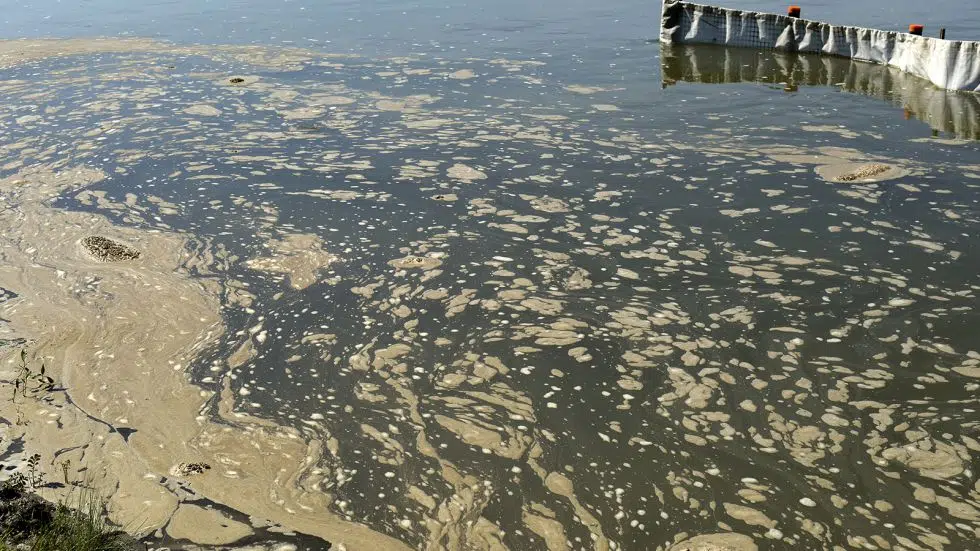
Geologists call for better pipeline monitoring in wake of oil spill
Two University of Saskatchewan geologists are calling for better geological monitoring after a Husky Energy’s recent report on the cause of this summer’s oil spill.
The company’s report concluded the cause of the July 21 pipeline oil spill was “a sudden, one-time event in a section of the pipe that had buckled due to the force of ground movement.”
Dr. Grant Ferguson, associate professor with the department of civil, geological and environmental engineering, said riverbank slopes are almost never stable.
“I don’t think it’s unexpected that we would have slope stability issues on the riverbanks,” Ferguson told reporters Friday, Nov. 18.


